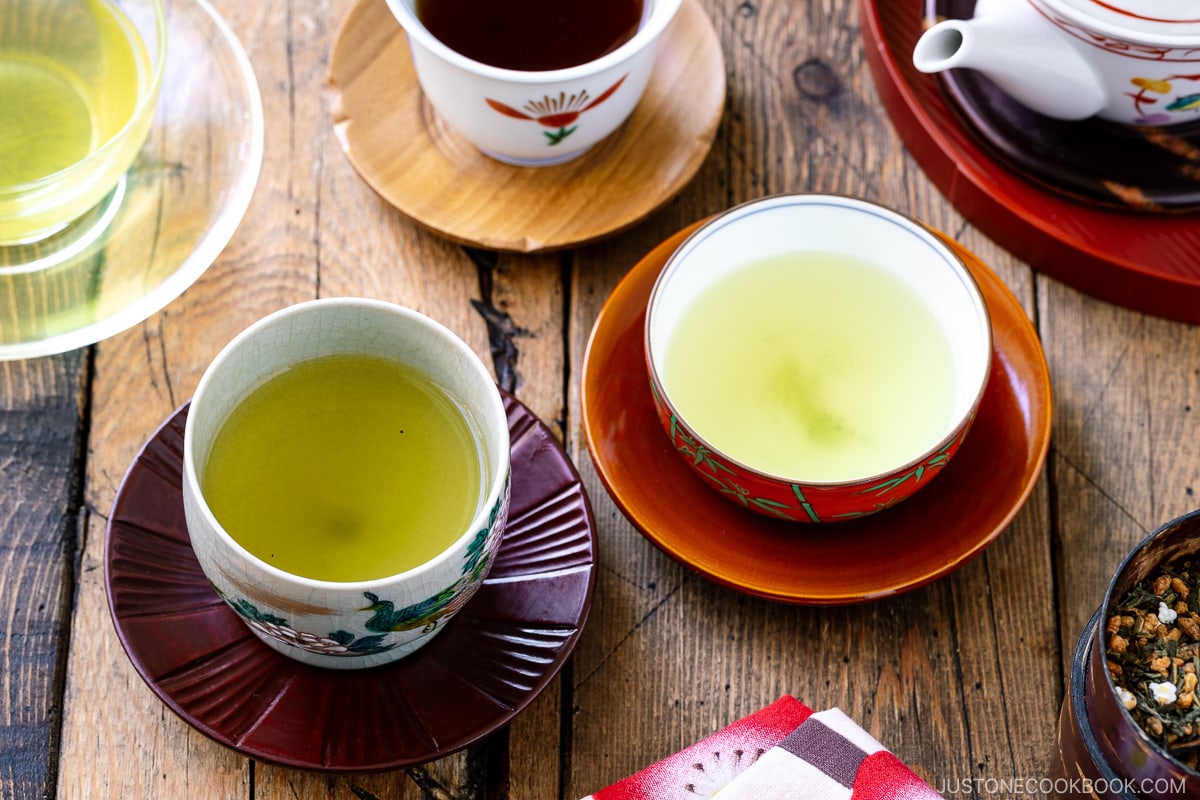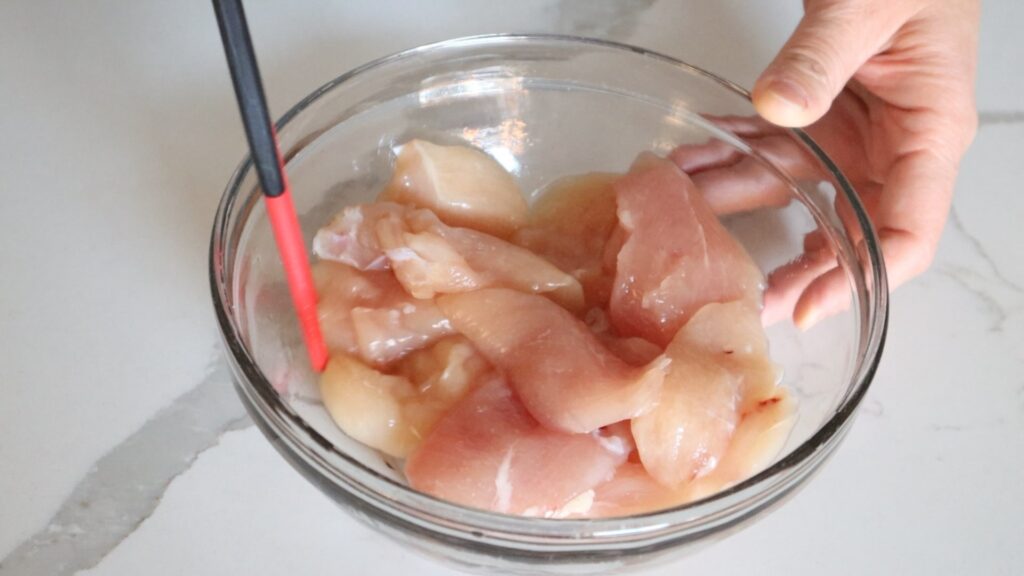When I find myself short on dinner ideas, I often turn to my reliable and simple teriyaki chicken and rice recipe. The appeal lies in its straightforward ingredients, which are easily accessible, and the uncomplicated cooking process that makes it ideal for busy weeknights.
While there are many store-bought teriyaki sauces available, I prefer to make my own from scratch. It requires just a few pantry staples, allowing me to customize the balance of savory and sweet flavors to my liking.
This recipe also includes green vegetables to accompany the teriyaki chicken and plain rice. I will demonstrate just how easy it is to prepare and how to keep the chicken skin crispy even after it’s been coated in the homemade teriyaki sauce.
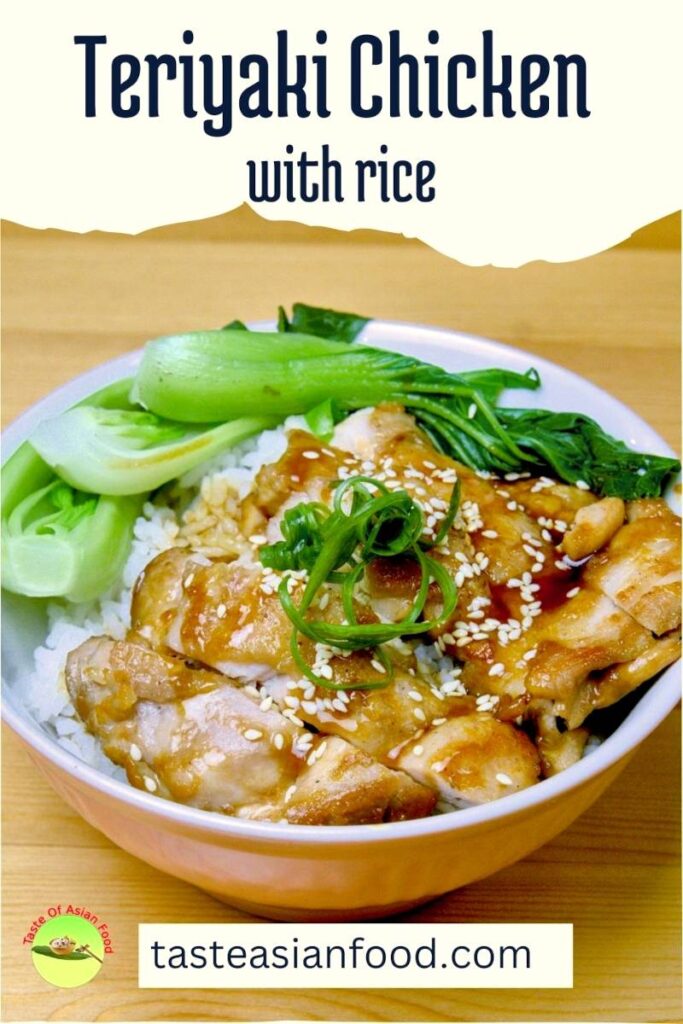
What Exactly Is Teriyaki?
The term “teriyaki” comes from two Japanese words: teri, meaning shiny or glossy, and yaki, which translates to grilled or broiled. Essentially, any grilled dish that has a glossy finish can be classified as teriyaki. In this recipe, I pan-fry the chicken, which is a quicker method, especially on hectic weeknights.
As for teriyaki sauce, it is a flavorful blend typically served with meat or seafood. The sauce combines Japanese soy sauce, mirin (a sweet rice wine), sugar, fresh ginger, and garlic, resulting in a deliciously sweet and savory flavor profile.
Ingredients for Teriyaki Chicken and Rice
- Chicken: Boneless, skin-on chicken thighs are ideal for teriyaki. While chicken breasts can be used, they tend to be drier and less tender than thighs.
- Sauce: The homemade teriyaki sauce consists of Japanese soy sauce, mirin, brown sugar, fresh ginger, and garlic.
- Others: You’ll also need jasmine rice and green vegetables to complete the meal, which pairs wonderfully with the teriyaki chicken.
How to Prepare Teriyaki Chicken with Rice
- Debone the chicken thighs or purchase boneless, skinless thighs to save time. Make a few shallow cuts in the thickest parts of the meat to ensure even cooking.
- Pat the chicken dry with a kitchen towel to help achieve a crispy skin and prevent splattering during frying.
- Season both sides of the chicken with ground white pepper and salt.
- Heat vegetable oil in a pan, preferably a cast-iron or nonstick skillet. Place the chicken skin-side down and pan-fry over medium-high heat until the skin is golden brown and crispy.
- Once the skin is crispy and browned, flip the chicken so the skin is facing up and continue frying until fully cooked.
- In a small bowl, combine Japanese soy sauce, mirin, brown sugar, minced garlic, and two slices of fresh ginger.
- Stir the mixture well and pour it into the pan, taking care not to wet the chicken skin to maintain its crispiness.
- Lower the heat and allow the chicken to cook gently in the homemade teriyaki sauce, which will reduce and thicken. When it reaches a glaze-like consistency, turn off the heat.
- Remove the chicken from the pan and let it rest for five minutes before slicing it into half-inch pieces.
- Serve the chicken over jasmine rice with your choice of vegetables. Drizzle the remaining sauce over the chicken and garnish with chopped green onions and sesame seeds.
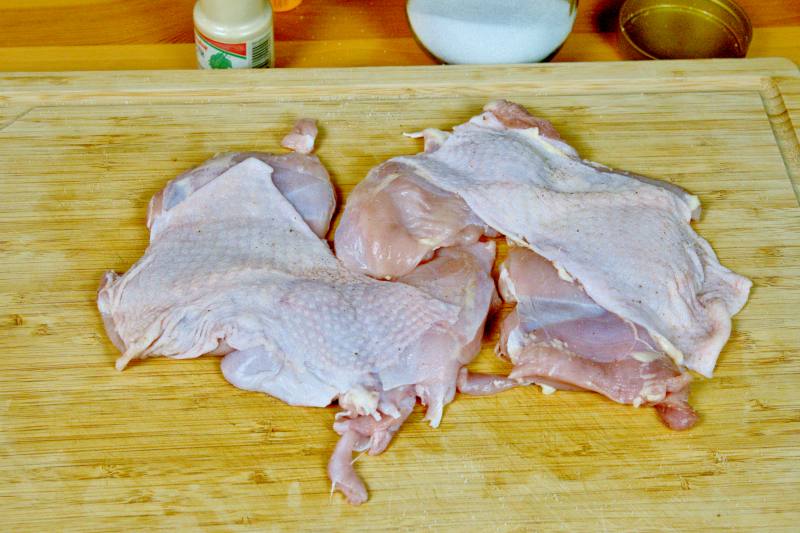
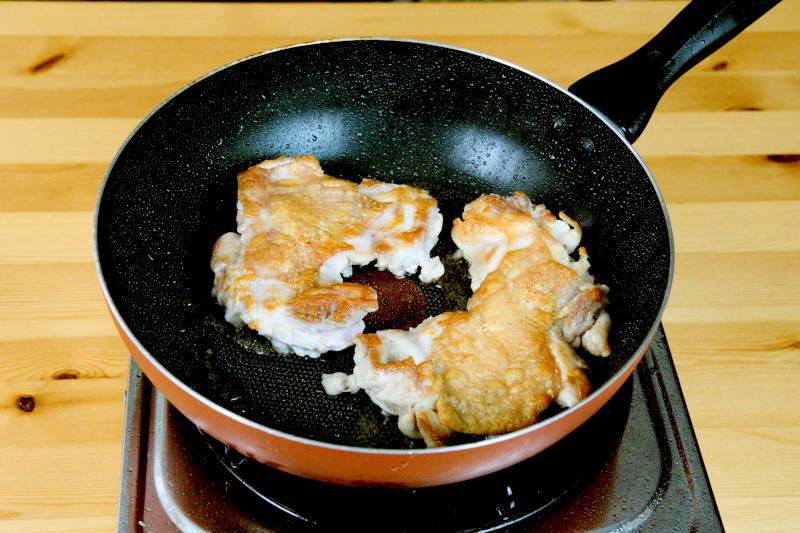
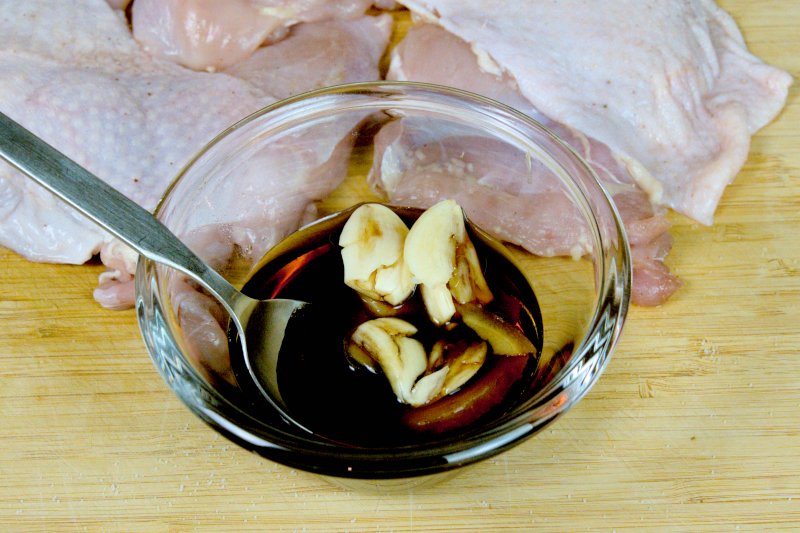


How to Store Leftover Chicken
Store any leftover homemade teriyaki chicken in an airtight container in the refrigerator, where it should last for up to two days. To reheat, simply pan-fry over high heat until warmed through.
Tips for Making Better Teriyaki Chicken
- Reduce the sauce until it becomes thick and sticky, allowing it to cling to the chicken.
- Ensure the chicken is fully cooked by checking that the internal temperature has reached at least 72°C/160°F.
What to Serve with Teriyaki Chicken and Rice
I often prepare a simple stir-fry with my favorite vegetables or blanch greens such as bok choy, gai lan, or choy sum to accompany the teriyaki chicken and rice. This combination is not only practical for a quick meal but also ideal for meal prepping or picnics, providing a balanced and nutritious dish.
This easy dinner recipe is a family favorite, offering a complete meal that rivals those found in Japanese restaurants. Next time, consider experimenting with different vegetables for a delightful twist on your go-to rice recipes.


